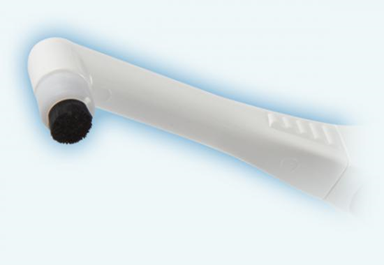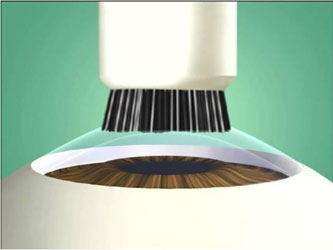Advanced Surface Ablation
The human eye is a very sensitive and essential organ, and it has to be taken care of without compromises. There are different types of Eye related problems including difficulty of vision, disease, and disorders. Among vision problems, Astigmatism, Myopia or short sightedness, and hypermetropia/hyperopia or long sightedness are prevalent due to corneal defects. The treatment procedures include prescription glasses, contact lenses, prescription medicines, and LASIK surgery. While choosing from the range of available options, eye health is the crucial factor, and modern treatments such as Advanced Surface Ablation (ASA) offer permanent vision correction to people with specific visual requirements.
What Is Advanced Surface Ablation (ASA)
ASA is an outpatient procedure that uses anaesthetic eye drops and high energy excimer laser to remove a thin outer layer of the cornea known as epithelium. Subsequently, the eye surgeon uses the laser beam to accurately vaporize the corneal surface to the precise depth and reshape it for common refractive error correction. There is no special requirement for creating a flap and multiple procedures such as LASEK, Epi-LASIK, and PRK are available for the patients. Post-operative care and rehabilitation may take between 48 to 72 hours. The surgeon may prescribe drops, medications, and additional instructions which depends on case to case.
Using Amoil Computerized Brush Technology, now removing the Epithelium quickly and easily is essential to getting consistent results in Corneal Xlinking, PRK, and Advanced Surface Ablation.
Available in Three Sizes:
- Myopic – 6.5mm
- Hyperopic – 9.0mm
- Hyperopic XL – 9.5mm
Amoil Brush Technology is FDA approved, Health Canada and EU Approved (CE Marked). Remove the Epithelium in 5 to 7 seconds. PRK, ASA, Xlinking, offering following advantages
- Uniform Epithelium Removal
- Minimize Procedure Time
- Essential in Re-treatments
- No Need for Subsequent Scraping
Are ASA And LASIK are Same
No. Although Laser procedures have been in use for treating common refractive errors such as myopia, hyperopia, and astigmatism, there are subtle differences amongst these two surgical treatments. LASIK is a computer-controlled laser treatment for reshaping the cornea. In this procedure, a flap is created in the corneal tissue, folded, and then lifted up. The cornea is subsequently reshaped by removing or ablating the tissue beneath this flap. The a-spherical shape of cornea leads to post-operative complications such as glares, halos, and reduced night time vision. However, the highly advanced LASIK treatments such as Allegretto Wave Laser reduced these risks to a great extent by relying on powerful lasers with accurate and active eye tracking systems.
What Are The Advantages Of ASA Over LASIK
ASA is a highly advanced correction procedure that is precise, accurate, and ensures a great reduction in the attendant risks of eye surgeries. The benefits of ASA over LASIK include the following –
- Flap creation is eliminated and so are the related risks and problems, some of which may occur many years after surgery.
- Since there is no flap, the surgeon can increase the safety margin for corneal thickness to 110-180 microns, thus improving the efficiency.
- Laser treatments can create an irregular surface causing the central corneal area to bulge. This is known as ECTASIA, and ASA reduces this risk to a great extent.
- Immediate or long term problems such as dry eyes are also eliminated by the Advanced Surface Ablation procedure.
ASA can be done under following conditions:
ASA is suitable for the following patients with specialised needs, as it is by far the safest and most effective laser refractive surgery –
- Patients who are over 18 years of age.
- Patients with a stable prescription from optometrist/ophthalmologist for over a period of one year.
- Those in risky professions such as Navy, Boxing, Martial Arts, Combat Sports.
- Patients who want to eliminate the dependency or use of prescription glasses or contact lenses.
- Patients with chronic dry eyes, or a history of frequent corneal abrasions.
- Patients who cannot have LASIK due to irregular corneal shape or thickness.
- Patients who already had less advanced corneal surgeries such as PRK.




